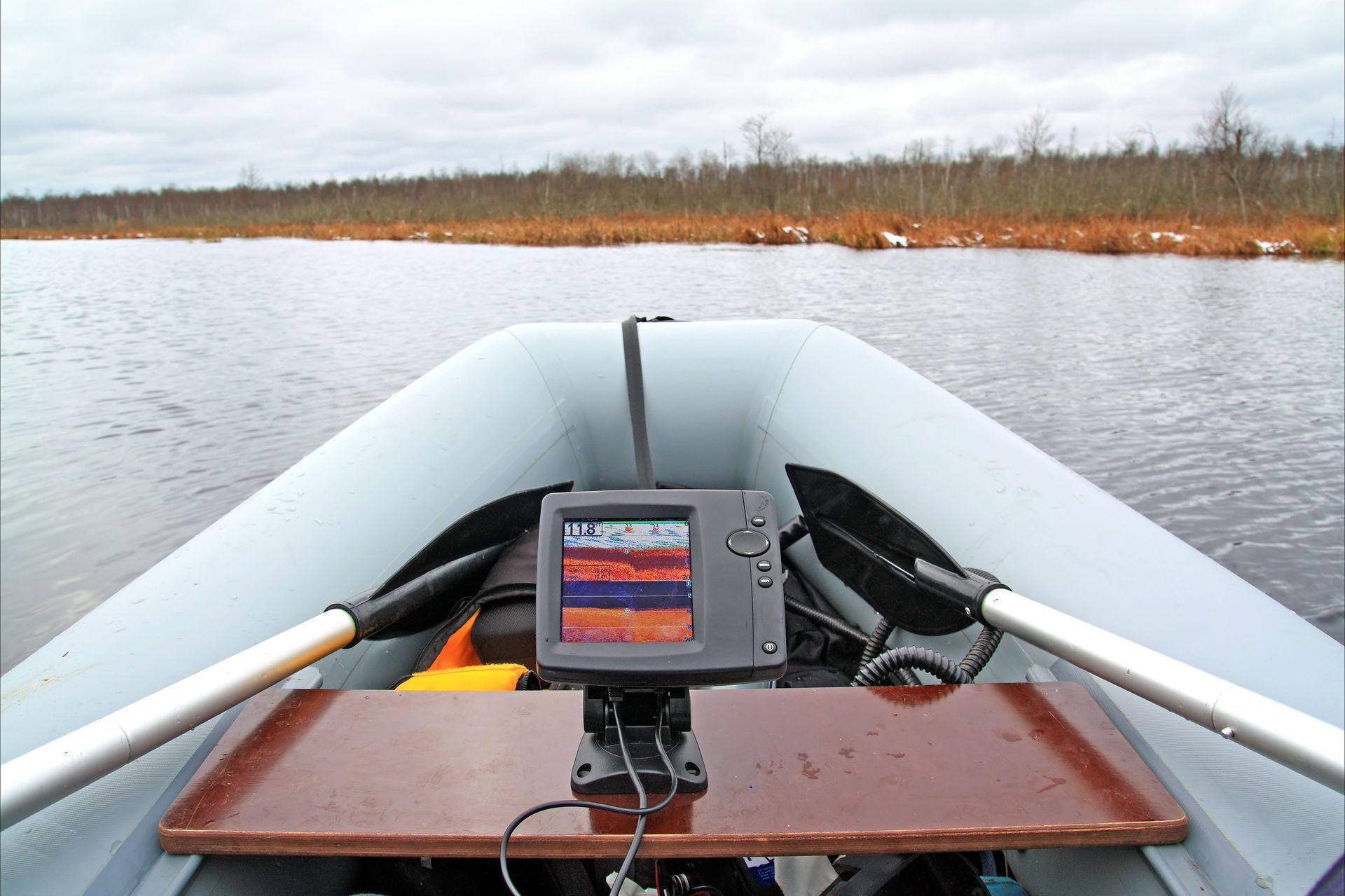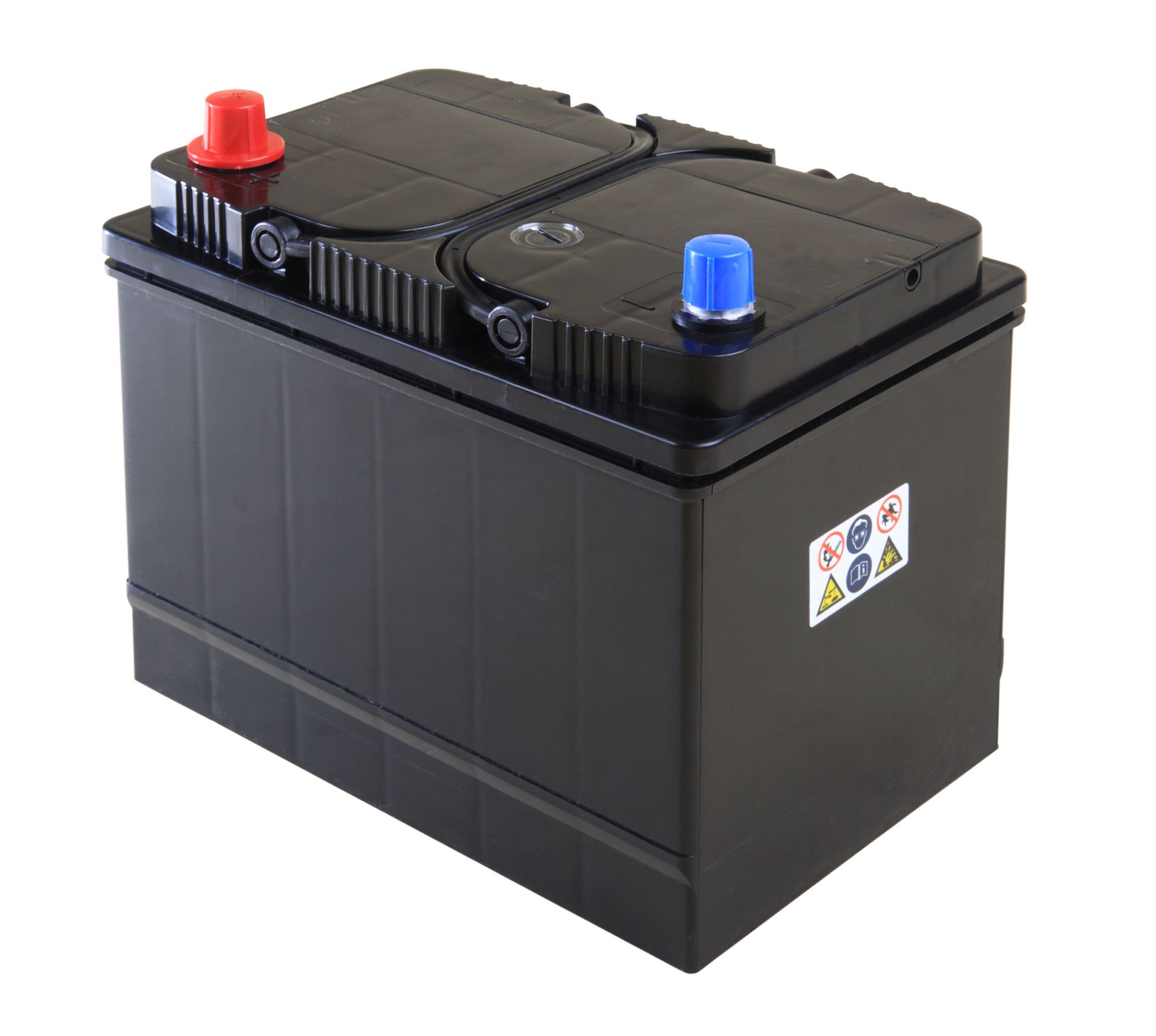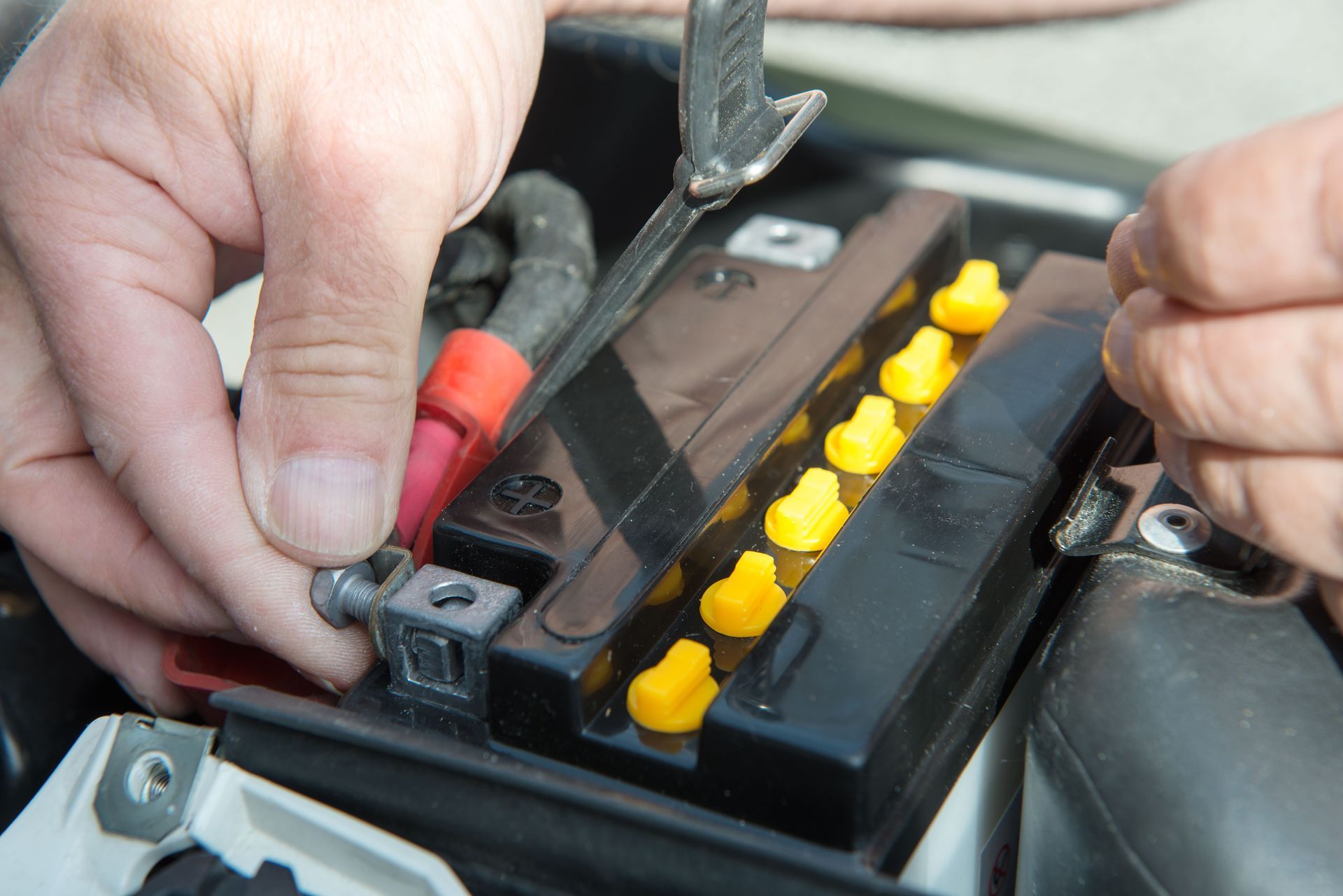How Can I Monitor the Health of My Battery While on the Water?
Highlights:
- Learn practical methods for monitoring marine battery health during boating trips.
- Understand voltage readings, state-of-charge indicators, and advanced monitoring systems.
- Discover how weather, load, and charge habits affect battery lifespan and performance.
- Explore when to use manual testing tools versus smart sensors or app-based systems.
- Jefferson Battery Co Inc in Jefferson, LA helps boaters choose the right monitoring tools and maintenance plans.
Understanding the Importance of Battery Monitoring
When you’re out on the water, your marine battery is your lifeline for powering navigation, lighting, radios, and safety equipment. Monitoring its health helps prevent unexpected failures that could leave you stranded. Voltage, current, and temperature all reveal how well your battery performs under load. A healthy battery should maintain stable voltage throughout your trip. By keeping tabs on these readings, you can catch early signs of degradation or poor charging habits. According to BoatUS, neglecting battery maintenance—such as leaving a battery partially discharged, failing to keep connections clean, or improper topping up—can significantly shorten its lifespan.
Checking Voltage and State of Charge
One of the simplest ways to assess battery health is by checking voltage levels with a digital multimeter. A fully charged 12-volt marine battery typically reads between 12.6 and 12.8 volts at rest. If the reading drops below 12.2 volts, the battery is partially discharged and may need recharging soon. Understanding state-of-charge tables for your battery type—AGM, gel, or lithium—helps interpret readings accurately. Make it a habit to take voltage measurements before, during, and after trips. This consistency offers valuable insight into performance trends and helps avoid surprises offshore.
Monitoring with Smart Battery Systems
Modern boats often include integrated battery monitors that display voltage, amperage, and capacity in real time. Some advanced systems sync with mobile apps, providing updates directly to your phone or chartplotter. These “smart” systems calculate energy flow and predict how long your battery can sustain current loads. According to Tweeds Marine, a battery monitor tracks not just voltage, but also state of charge (SoC), current draw, time remaining and many models connect to apps, NMEA2000 or helm displays. For Jefferson Battery Co Inc customers in Jefferson, LA, these systems are especially valuable for extended fishing trips or offshore cruising where access to shore power is limited.
FAQ
What tools do I need to monitor my marine battery?
Basic tools include a digital multimeter, a hydrometer for flooded cells, or a smart battery monitor system with sensors.
Can I monitor battery health from my smartphone?
Yes, many modern battery systems offer Bluetooth connectivity and companion apps for real-time status tracking.
How often should I check my battery?
Inspect voltage and terminals before every outing and perform deeper tests monthly, especially during heavy boating seasons.
Using Load Testing for Deeper Insight
Voltage readings alone don’t always tell the full story of a marine battery’s health. Load testing measures how the battery performs when powering actual equipment. By applying a controlled load and observing voltage drop, you can identify weak or aging cells. If the voltage dips significantly under load, the battery may no longer sustain power demands effectively. Many marine shops offer professional load testing, but portable testers are available for onboard use. Performing this test at least once or twice per season can prevent mid-trip failures that compromise safety and comfort.
Observing Temperature and Environmental Factors
Marine batteries are sensitive to environmental conditions. High temperatures accelerate chemical reactions that shorten lifespan, while cold temperatures can reduce capacity. Monitoring temperature helps ensure optimal performance and longevity. Smart monitors often include thermal sensors that alert you to overheating or cold-weather inefficiency. According to Sail Magazine, for every 17 °F (10 C) increase in the ambient temperature, battery life expectancy is more or less cut in half. Always secure batteries in a ventilated compartment to promote cooling and minimize exposure to saltwater or spray.
Tracking Charge and Discharge Patterns
Regularly reviewing charge and discharge cycles provides valuable insight into your battery’s long-term health. Excessive deep discharges—dropping below 50% capacity—stress most battery types and accelerate wear. A reliable monitor tracks cumulative amp-hours consumed and recharged, allowing you to spot unhealthy patterns. If you see shorter run times despite full charges, it’s time to test or replace the battery. Jefferson Battery Co Inc often advises Jefferson, LA boaters to install monitors that log historical data for easy review, helping owners make informed maintenance and replacement decisions.
FAQ
What does “depth of discharge” mean?
It refers to how much of your battery’s capacity you’ve used. Shallow discharges extend lifespan, while deep discharges reduce it.
How do I know if my charger is overcharging?
Overcharging causes swelling, heat, or gas bubbles in flooded cells—indicators that the voltage regulator may need adjustment.
Should I leave my charger connected full-time?
Smart chargers with float mode are safe for long-term connection; older chargers should be disconnected after full charge.
Interpreting Warning Signs of Battery Decline
Recognizing early symptoms of battery deterioration helps you avoid sudden breakdowns. Common signs include slower cranking speed, dimming lights, or erratic readings on monitors. Physical swelling or corrosion on terminals also suggests internal damage. When these symptoms appear, schedule a professional inspection. Even the best batteries degrade over time, but regular monitoring can maximize their usable life. Replace any battery showing rapid voltage loss after charging—it likely can’t hold energy efficiently anymore. Addressing small issues promptly keeps your vessel powered and safe for every trip.
Maintaining Connections and Electrical Health
Battery performance depends as much on clean, secure connections as on the cells themselves. Loose terminals, frayed wires, or corrosion can mimic the symptoms of a failing battery. Use dielectric grease to protect connections and inspect cables for damage regularly. Corrosion can increase resistance, lowering voltage and wasting power. Periodic cleaning with a baking soda solution keeps terminals in good shape. A healthy electrical system ensures your monitoring data remains accurate and reliable, supporting both performance and safety when you’re miles from shore.
Integrating Monitoring with Maintenance Routines
Routine battery checks should become part of your standard boating schedule. Combine voltage checks, load tests, and temperature observations with cleaning and inspection tasks. Document readings in a logbook or app to detect gradual performance declines over time. If you notice unusual trends—like faster discharge or rising temperature—it’s a sign to intervene early. Keeping consistent records also simplifies warranty claims or service visits. For Jefferson Battery Co Inc customers, expert technicians in Jefferson, LA can review your data and provide personalized advice for extending battery performance and lifespan.
FAQ
How can I tell if my battery monitor is accurate?
Compare its readings with a calibrated multimeter. Significant discrepancies may require recalibration or replacement of sensors.
Can solar charging affect monitoring readings?
Yes. Solar systems fluctuate throughout the day, so measure voltage at consistent intervals for meaningful comparisons.
When should I replace my marine battery?
Most marine batteries last 3–5 years, but signs like frequent recharging or reduced runtime indicate it’s time for replacement.
Confidence Through Consistent Monitoring
Monitoring your marine battery’s health while on the water is about more than convenience—it’s about safety and reliability. With tools ranging from handheld meters to smart app-based systems, boaters can easily stay informed about battery condition in real time. By maintaining clean connections, tracking charge patterns, and watching for early warning signs, you safeguard every voyage. Whether fishing offshore or cruising with family, trust local professionals like Jefferson Battery Co Inc in Jefferson, LA to help you choose and maintain the ideal monitoring setup for dependable power on every trip.










Share On: